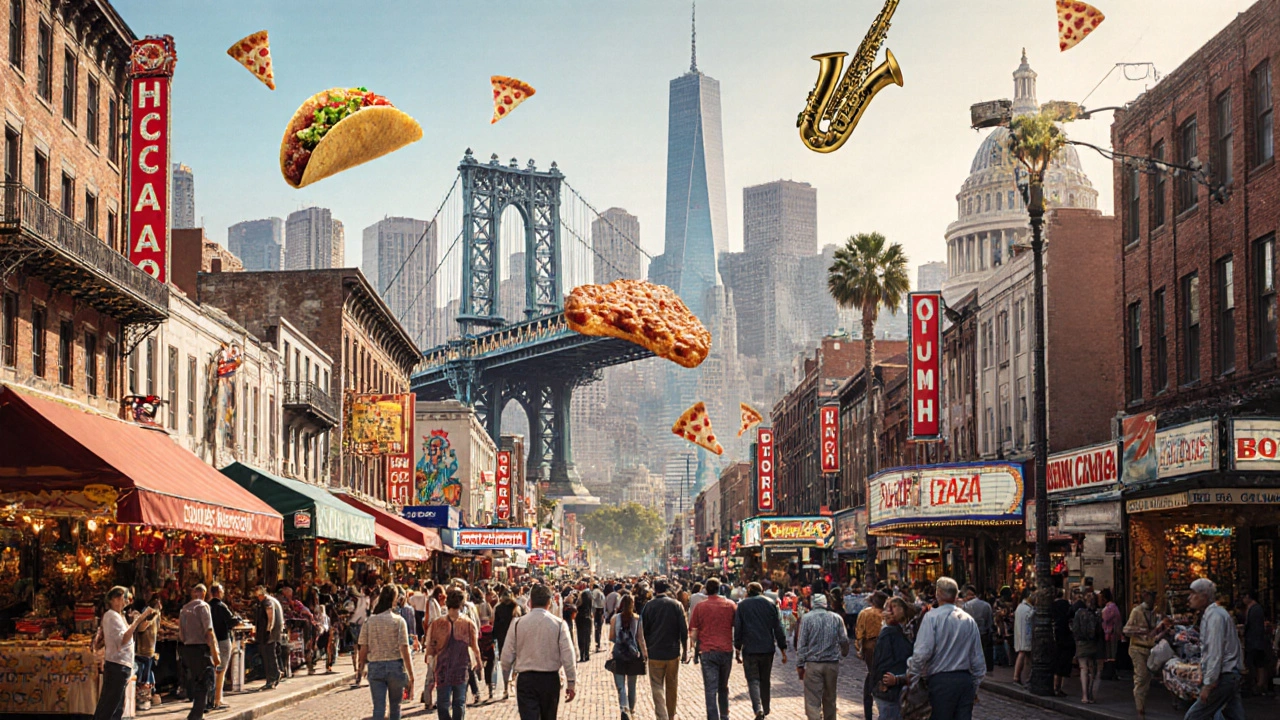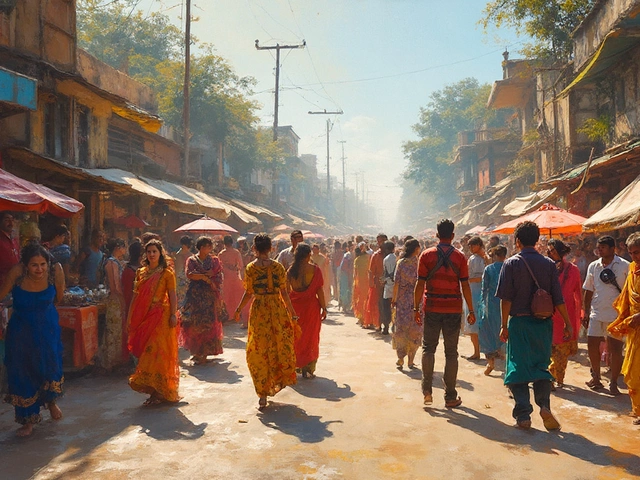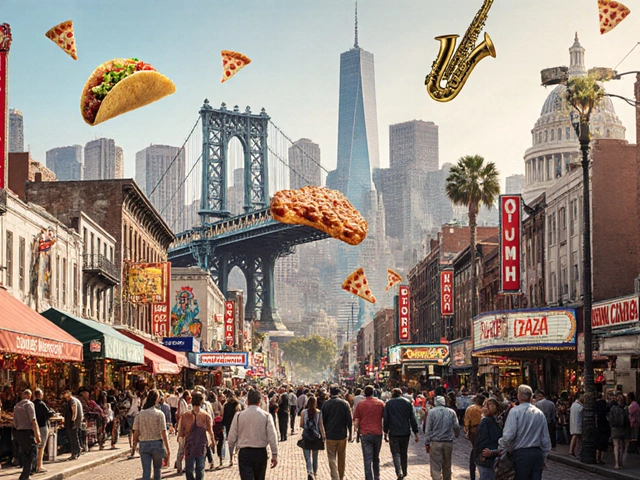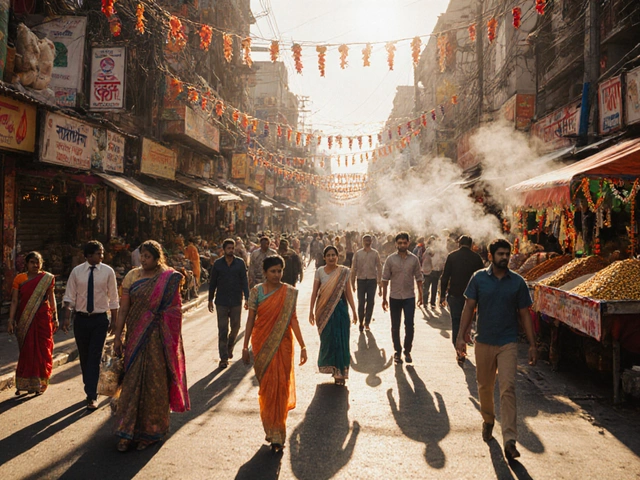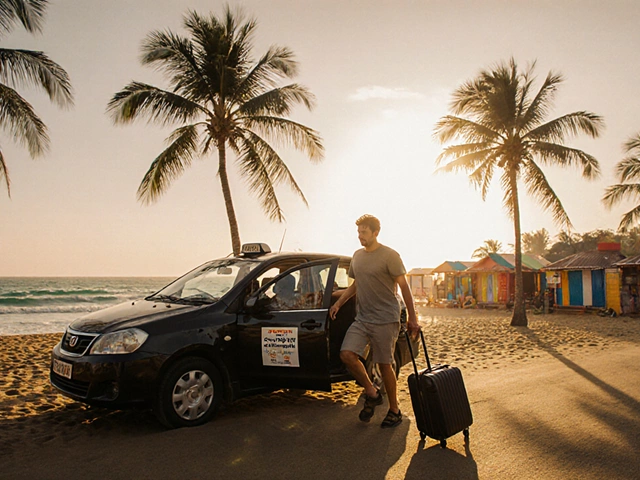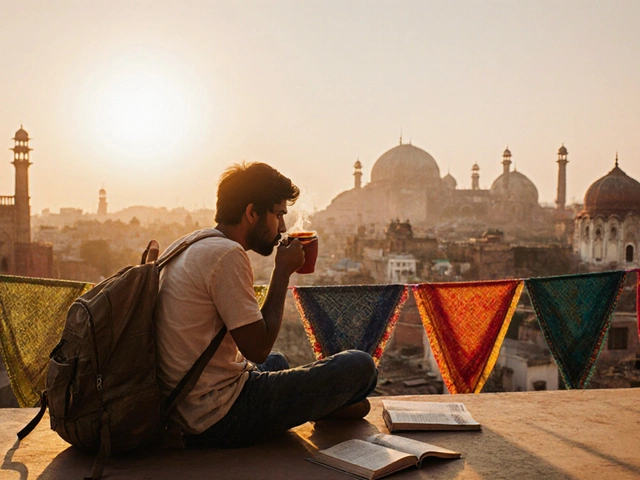If you're wondering which US city culture reigns supreme, you’re not alone. Travelers, history buffs, art lovers, and foodies all chase the places where museums line the streets, music pulses from every corner, and heritage lives in daily life. Below we break down the criteria that define a truly cultural city, compare the top contenders, and give you a roadmap to plan a deep‑dive trip.
How to Judge a City’s Cultural Depth
Before naming a winner, we need a clear rubric. Cultural depth can be measured by five concrete factors:
- Institutional density - number of museums, galleries, theaters, and libraries per 100,000 residents.
- Performance landscape - live‑music venues, festivals, and theater productions that attract national or international talent.
- Historical footprint - preserved landmarks, heritage districts, and archaeological sites.
- Culinary diversity - variety of authentic food traditions, street‑food scenes, and award‑winning restaurants.
- Community engagement - local arts programs, public murals, and grassroots cultural events.
These metrics let us compare apples to apples, no matter whether a city sits on the East Coast or out West.
The Heavyweights: Top US Cities for Culture
Using the rubric above, six cities consistently top rankings from the National Endowment for the Arts, Lonely Planet, and Travel + Leisure. They are:
- New York City
- New Orleans
- San Francisco
- Chicago
- Los Angeles
- Boston & Washington, D.C.
Each brings a distinct flavor, but one edges out the rest. Let’s explore why.
New York City: The Cultural Megalopolis
New York City is often called the world’s cultural capital. With over 150 museums-including the Met, MoMA, and the Guggenheim-the city tops the institutional density metric. Broadway, Lincoln Center, and dozens of off‑Broadway venues guarantee a year‑round performance landscape. Historic neighborhoods like Harlem, Greenwich Village, and the Lower East Side preserve immigrant stories spanning centuries. Food‑wise, you’ll find everything from Michelin‑starred sushi to authentic Dominican street food. Community projects such as the High Line’s public art program keep culture in the streets, not just museums.
New Orleans: The Soul of Music & Food
New Orleans lives and breathes music. Jazz, blues, and funk echo from every bar on Frenchmen Street. The city’s festival calendar-Mardi Gras, Jazz & Heritage Festival, and Voodoo Music + Arts-delivers world‑class performances twice a month on average. While its museum count is lower than NYC, historic sites like the French Quarter and the Sultana’s former slave market tell powerful, gritty stories. Culinary heritage is unmatched; think gumbo, po’boys, and beignets fresh from a bakery that’s been open since 1850. Grassroots culture thrives in community gardens and local brass bands, making New Orleans a living museum.
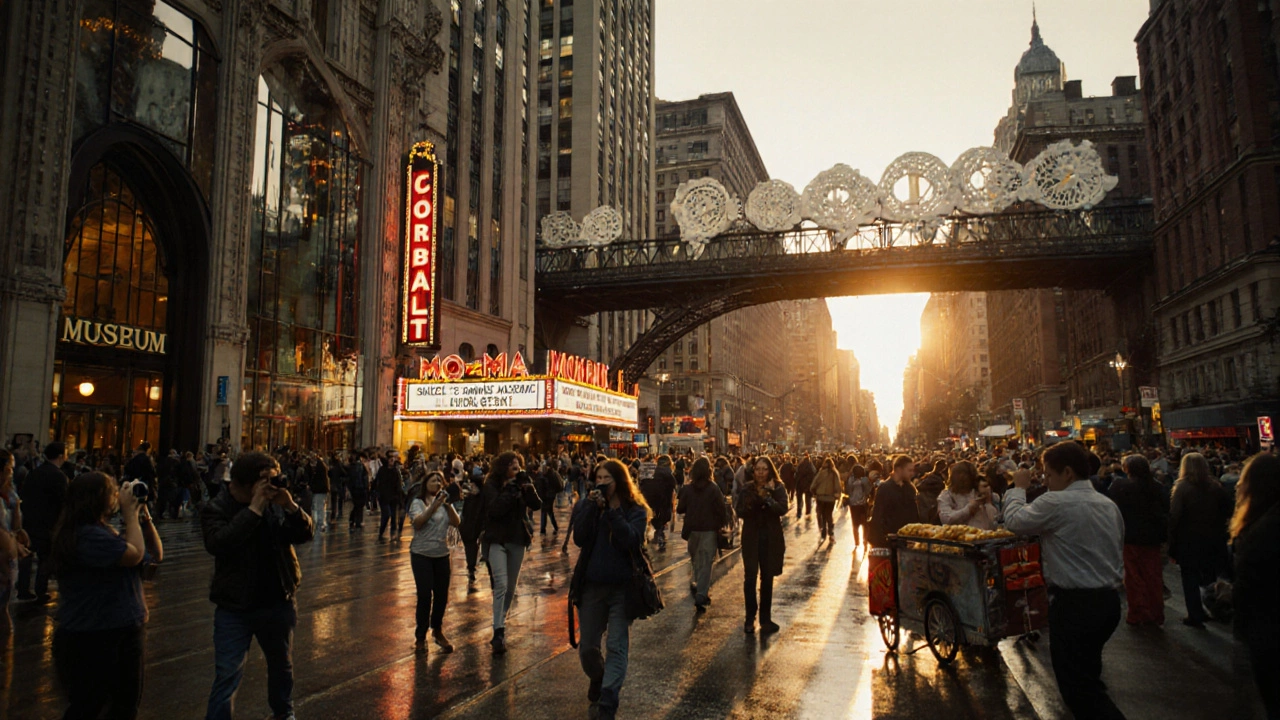
San Francisco: A Fusion of Art and Innovation
San Francisco blends high tech with high art. The city boasts over 70 museums and galleries, with the De Young, SFMOMA, and the Asian Art Museum leading the charge. Its performance scene is eclectic: opera at the War Memorial, experimental theater in the Mission, and the world‑renowned San Francisco Symphony. The Gold Rush legacy lives in preserved sites like Alcatraz and the Presidio. Food is a laboratory-think farm‑to‑table, Michelin‑starred dim sum, and the legendary sourdough. Public art projects, like the mural‑filled Clarion Alley, turn neighborhoods into open‑air galleries.
Chicago: The Midwestern Canvas
Chicago offers a dense concentration of cultural assets. The Art Institute of Chicago houses over 300,000 works, and the city’s theater district rivals Broadway with the Steppenwolf and Goodman Theaters. Architectural tours showcase the birthplace of the modern skyscraper, while historic districts such as Old Town preserve 19th‑century charm. Culinary staples include deep‑dish pizza, Chicago‑style hot dogs, and a thriving fine‑dining scene highlighted by Alinea. Community festivals-like the Chicago Blues Festival and the Taste of Chicago-draw millions each summer, reinforcing the city’s cultural heartbeat.
Los Angeles: Hollywood Meets Global Arts
Los Angeles is synonymous with film, but its cultural canvas is broader. Museums such as LACMA, the Getty Center, and the Broad provide world‑class visual art collections. The Los Angeles Philharmonic, alongside countless indie venues on Sunset Strip, keep music alive. Historic sites range from the El Pueblo de Los Angeles historic district to the Hollywood Walk of Fame. Food is a global tour-Korean BBQ in Koreatown, Mexican street tacos in East LA, and Ethiopian coffee houses in Little Ethiopia. Community art is everywhere, from the Urban Light installation to neighborhood mural projects.
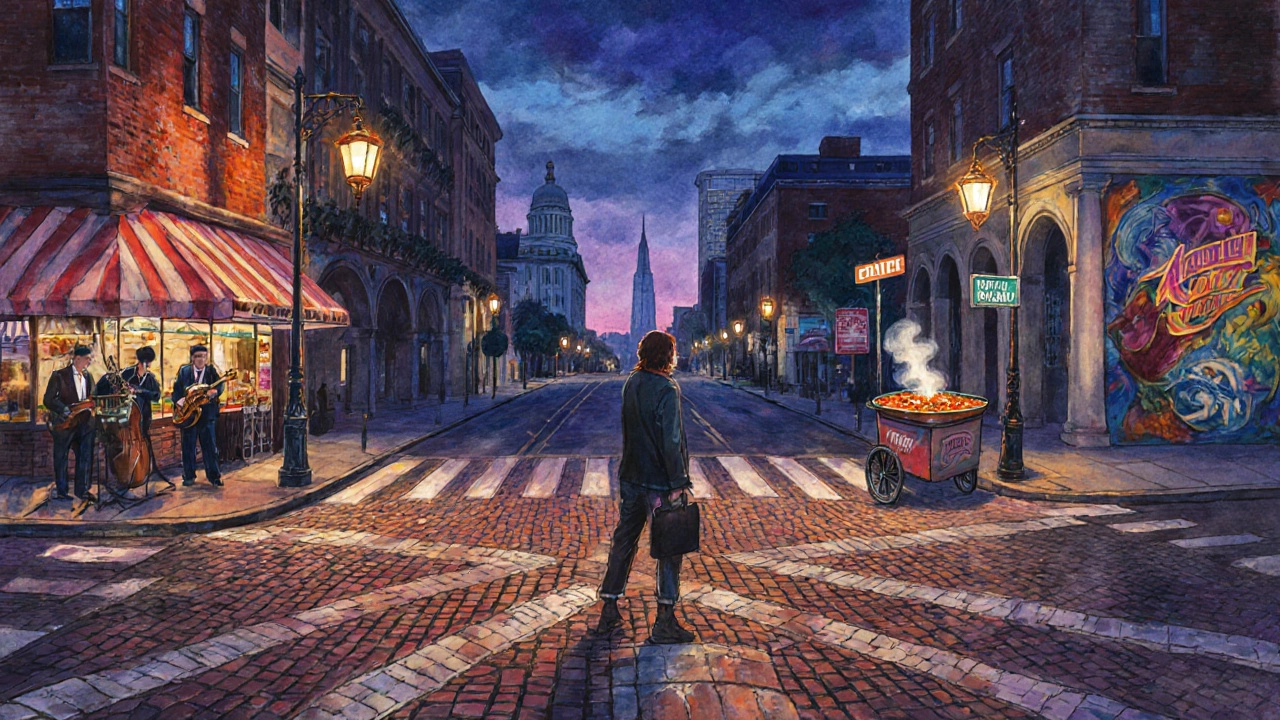
Boston & Washington, D.C.: History and Academia
Boston and Washington, D.C. may not have the sheer volume of museums that New York does, but they excel in historical depth and scholarly culture. Boston’s Freedom Trail, the Museum of Fine Arts, and the Isabella Stewart Gardner Museum weave American history with world art. Washington, D.C.’s Smithsonian Institution-comprising 19 museums and galleries-offers free access to artifacts ranging from the Lunar Module to the National Portrait Gallery. Both cities host vibrant theater districts, jazz clubs, and culinary scenes that reflect their diverse populations.
Choosing the Right City for Your Interests
Now that we’ve outlined each city’s strengths, match them to your personal interests:
- If museums and world‑class performances are non‑negotiable, New York City is the clear leader.
- If live music, spontaneous festivals, and a unique culinary heritage excite you, New Orleans takes the crown.
- For a blend of tech‑forward art, progressive food, and striking architecture, choose San Francisco.
- Fans of architectural tours, deep‑dish pizza, and blues festivals will love Chicago.
- Movie buffs who also crave multicultural neighborhoods should headline Los Angeles.
- History lovers and academic travelers will feel at home in Boston or Washington, D.C..
Practical Tips for Cultural Travelers
Regardless of the city you pick, keep these tips in mind to maximize cultural immersion:
- Buy city passes-most major cities offer museum and attraction bundles that save 20‑30%.
- Schedule around festivals-even a weekend can turn into a cultural feast if you time it right.
- Explore neighborhoods on foot-walking reveals murals, pop‑up galleries, and street performers missed by tours.
- Engage locals-ask residents about hidden venues; you’ll often discover a jazz club or community theater that isn’t in guidebooks.
- Try the staple dish of each city-whether it’s New York bagels, New Orleans jambalaya, or Chicago deep‑dish pizza, food is culture on a plate.
| City | Museums (per 100k pop.) | Annual Festivals | Historic Sites | Food Diversity Index* |
|---|---|---|---|---|
| New York City | 12.3 | 45+ | 30+ | 9.8 |
| New Orleans | 4.1 | 20+ | 15+ | 8.7 |
| San Francisco | 8.6 | 30+ | 12 | 9.2 |
| Chicago | 9.2 | 25+ | 18 | 8.9 |
| Los Angeles | 7.4 | 22+ | 10 | 9.5 |
| Boston | 6.8 | 18+ | 22 | 8.3 |
| Washington, D.C. | 9.8 | 24+ | 25 | 8.6 |
*Food Diversity Index is a composite score (0‑10) based on restaurant variety, ethnic cuisine representation, and culinary awards.
Bottom Line
When you stack museums, music, history, food, and community art together, New York City still leads in sheer scale. Yet “most culture” really depends on what you crave. If you want the soul‑stirring sounds of jazz, go south to New Orleans. If tech‑infused art calls you, head west to San Francisco. Use the framework above, pick the city that aligns with your passions, and you’ll walk away with a cultural souvenir you can’t buy in a shop.
Which US city has the most museums?
New York City leads with over 150 museums, far surpassing any other American city.
Where can I experience the biggest music festivals?
New Orleans hosts the Jazz & Heritage Festival, while Chicago’s Blues Festival and Los Angeles’ Coachella‑area events rank among the largest.
Which city offers the richest historical neighborhoods?
Boston’s Freedom Trail and Washington, D.C.’s National Mall preserve the most extensive historic districts.
What’s the best way to save on museum fees?
Purchase city passes (e.g., New York CityPASS, Chicago CityPASS) that bundle entry to top museums at a discounted rate.
Can I enjoy cultural attractions on a tight budget?
Yes-many museums in Washington, D.C. and Boston are free, and city festivals often have free entry days.
